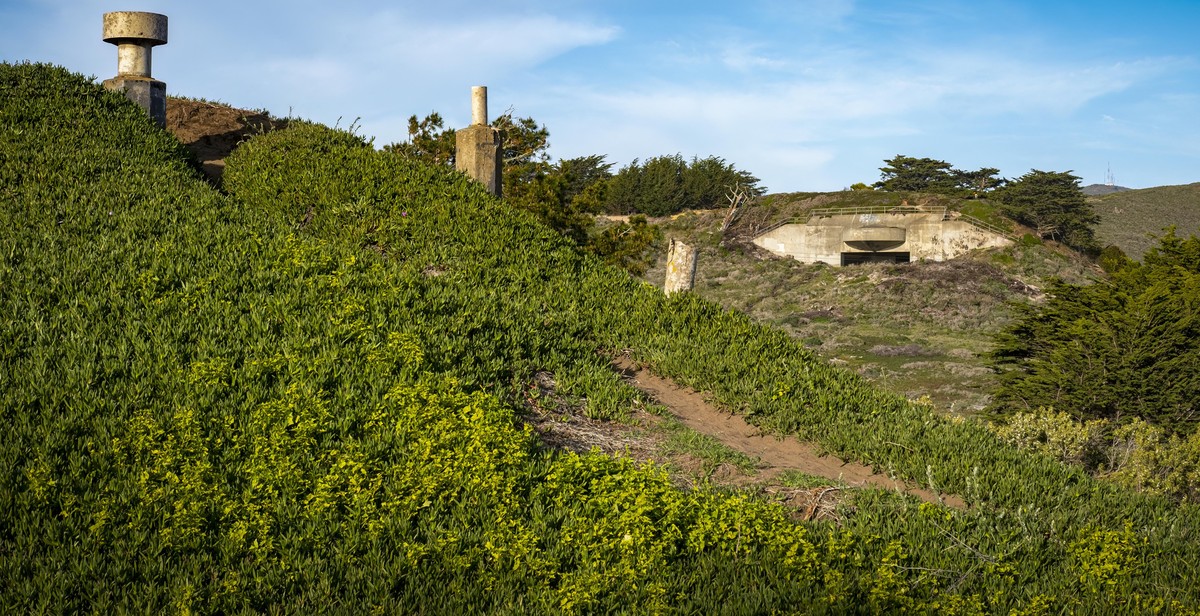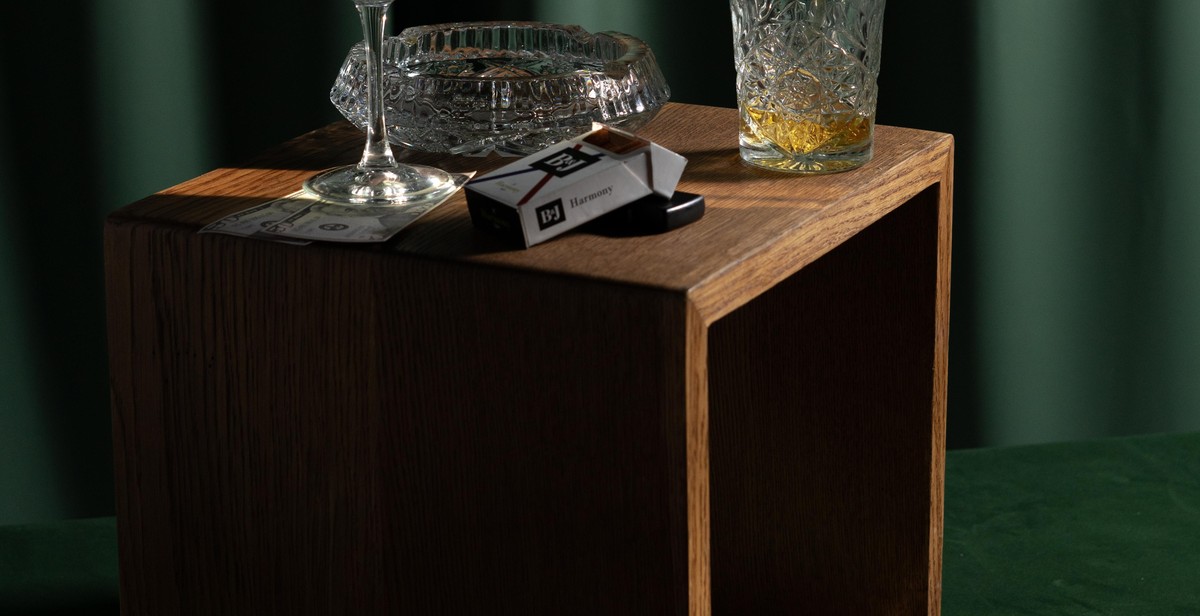How to Appreciate and Identify Different Types of Whiskey
Whiskey is a popular alcoholic beverage that has been enjoyed for centuries. It is a complex spirit with a variety of flavors and aromas that can be appreciated by anyone who takes the time to learn about it. Whether you are a seasoned whiskey drinker or a novice, there are certain things you can do to appreciate and identify different types of whiskey.
Understanding the Basics of Whiskey
Before you can appreciate and identify different types of whiskey, it is important to understand the basics. Whiskey is a distilled spirit made from fermented grain mash. The most common types of whiskey are bourbon, rye, Scotch, and Irish. Each type of whiskey has its own unique flavor and aroma profile.
Appreciating Whiskey
Appreciating whiskey involves using all your senses. Start by looking at the color of the whiskey. The color can give you an idea of the age and type of whiskey. Next, smell the whiskey. The aroma can give you a hint of what flavors to expect. Finally, taste the whiskey. Take a small sip and let it sit on your tongue for a few seconds before swallowing. Pay attention to the flavors and how they change as you swallow.
Identifying Whiskey
Identifying whiskey involves understanding the different types of whiskey and their flavor profiles. Bourbon, for example, is made from at least 51% corn and has a sweet, caramel flavor. Rye whiskey, on the other hand, is made from at least 51% rye and has a spicy, peppery flavor. Scotch is made in Scotland and has a smoky, peaty flavor, while Irish whiskey is smoother and has a honey-like flavor.
By understanding the basics of whiskey, using all your senses to appreciate it, and learning about the different types of whiskey, you can become a whiskey connoisseur and impress your friends with your knowledge and appreciation of this complex spirit.

History of Whiskey
Whiskey, also spelled as whisky, is a distilled alcoholic beverage that is made from fermented grain mash. The exact origin of whiskey is still disputed, but it is believed to have been first produced in Ireland or Scotland during the early 15th century.
Origins of Whiskey
The word “whiskey” is derived from the Gaelic word “uisce beatha,” which means “water of life.” During the 15th century, Irish monks began distilling grains, such as barley, to make whiskey. They used the distilled beverage for medicinal purposes and believed it had healing properties.
Scotland also has a long history of whiskey production. The earliest known record of whiskey production in Scotland dates back to 1494, when King James IV granted a license to a Friar John Cor to make “aqua vitae” or “water of life.”
Spread of Whiskey Making
Whiskey making spread throughout Europe during the 16th century. In the 17th century, whiskey production was introduced to North America by Scottish and Irish immigrants. The first recorded whiskey distillery in the United States was established in 1640 in what is now Staten Island, New York.
During the 18th century, whiskey production increased in the United States. The Whiskey Rebellion of 1791 was a result of a tax imposed on whiskey by the federal government. The tax was eventually repealed, but it paved the way for the modern regulation of whiskey production in the United States.
Modern Whiskey Making
Today, whiskey is produced in many countries around the world, including the United States, Canada, Scotland, Ireland, and Japan. The production process has evolved over time, but the basic steps remain the same.
The grains used to make whiskey are first malted, meaning they are soaked in water and allowed to germinate. The germinated grains are then dried and ground into a coarse flour called “grist.” The grist is then mixed with hot water to create a mash, which is fermented with yeast to produce alcohol. The resulting “wash” is then distilled to create whiskey.
There are many different types of whiskey, including bourbon, rye, scotch, Irish, and Canadian. Each type has its own unique flavor and production process. Understanding the history and production of whiskey can help you appreciate and identify the different types of whiskey available today.

Types of Whiskey
Whiskey is a popular alcoholic beverage that is enjoyed by many people around the world. There are many different types of whiskey, each with its own unique flavor and characteristics. Here are some of the most popular types of whiskey:
Scotch Whiskey
Scotch whiskey is a type of whiskey that is made in Scotland. It is made from malted barley, water, and yeast, and is aged in oak barrels for at least three years. Scotch whiskey is known for its smoky and peaty flavor, which comes from the peat used to dry the malted barley. There are two main types of Scotch whiskey: single malt and blended.
Bourbon Whiskey
Bourbon whiskey is a type of whiskey that is made in the United States. It is made from at least 51% corn, as well as other grains such as rye, wheat, or barley. Bourbon whiskey must be aged in new, charred oak barrels for at least two years. Bourbon whiskey is known for its sweet and smooth flavor, with hints of vanilla and caramel.
Irish Whiskey
Irish whiskey is a type of whiskey that is made in Ireland. It is made from malted and unmalted barley, as well as other grains such as corn or wheat. Irish whiskey must be aged in wooden casks for at least three years. Irish whiskey is known for its smooth and mellow flavor, with notes of vanilla and honey.
Canadian Whiskey
Canadian whiskey is a type of whiskey that is made in Canada. It is made from a blend of grains, including rye, corn, and barley. Canadian whiskey must be aged in wooden barrels for at least three years. Canadian whiskey is known for its light and smooth flavor, with hints of caramel and vanilla.
Japanese Whiskey
Japanese whiskey is a type of whiskey that is made in Japan. It is made from malted barley, as well as other grains such as corn or wheat. Japanese whiskey must be aged in wooden casks for at least three years. Japanese whiskey is known for its delicate and complex flavor, with hints of fruit and spice.
Rye Whiskey
Rye whiskey is a type of whiskey that is made from at least 51% rye grain. It is aged in wooden barrels for at least two years. Rye whiskey is known for its spicy and robust flavor, with notes of pepper and cinnamon.
| Type of Whiskey | Main Ingredient(s) | Country of Origin | Aging Requirement | Flavor Profile | |||||||||
|---|---|---|---|---|---|---|---|---|---|---|---|---|---|
| Scotch Whiskey | Malted barley, water, yeast | Scotland | At least 3 years in oak barrels | Smoky, peaty | |||||||||
| Bourbon Whiskey | Corn, rye, wheat, barley | United States | At least 2 years in new, charred oak barrels | Sweet, smooth | |||||||||
| Irish Whiskey | Malted and unmalted barley, corn, wheat | Ireland | At least 3 years in wooden casks | Smooth, mellow | |||||||||
| Canadian Whiskey | Rye, corn, barley | Canada | At least 3 years in wooden barrels | Light, smooth | |||||||||
| Japanese Whiskey | Malted barley, corn, wheat | Japan | At least 3 years in wooden casks | Delicate, complex | |||||||||
| Rye Whiskey | Rye grain |
| Type of Whiskey | Glassware | Serving Temperature |
|---|---|---|
| Bourbon | Tulip-shaped glass | Room temperature or slightly chilled |
| Scotch | Tulip-shaped glass | Room temperature or slightly chilled |
| Irish | Tulip-shaped glass | Room temperature or slightly chilled |
By understanding the tasting notes, aroma and flavor profiles, and the proper glassware and serving suggestions, you can develop a deeper appreciation for whiskey and identify the different types of whiskey with confidence.

Identifying Quality Whiskey
When it comes to identifying quality whiskey, there are a few key factors to consider:
Age Statement
The age statement on a bottle of whiskey refers to the amount of time the whiskey has spent aging in oak barrels. Generally, the longer the aging process, the smoother and more complex the flavor profile will be. Look for age statements on the bottle, such as “10 years,” “12 years,” or “18 years.”
Distillery Reputation
The reputation of the distillery that produces the whiskey can also be a good indicator of quality. Research the distillery and read reviews from other whiskey enthusiasts to get an idea of the quality of their products. Some well-known distilleries include Glenlivet, Macallan, and Lagavulin.
Bottle Design and Packaging
While it may not directly affect the quality of the whiskey inside, the design and packaging of the bottle can give clues about the attention to detail and care that went into the production process. Look for bottles with unique and well-crafted designs, as well as packaging that protects the whiskey from sunlight and other environmental factors.
Conclusion
By considering the age statement, distillery reputation, and bottle design and packaging, you can begin to identify quality whiskey and appreciate the unique flavors and complexities that each type has to offer.

